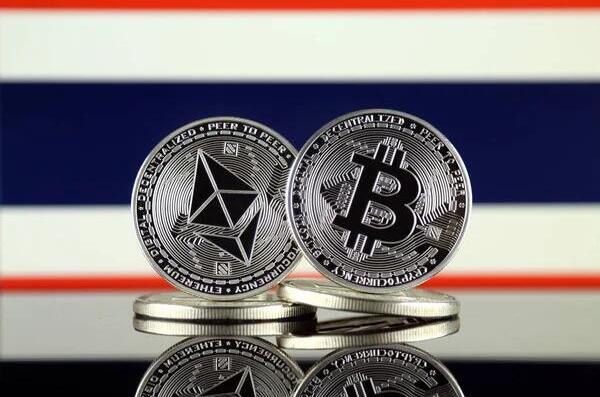Which Index Predicts Market Volatility with the Most Reliability?

Predicting market volatility is a tricky business. Volatility, after all, is a measure of how much a security's value fluctuates. And with so many factors influencing the market, it's nearly impossible to say with any real certainty how much a given asset will move.
But that doesn't mean we can't look for clues. In fact, several market indices attempt to measure volatility. One of the most cited indices? The Cboe Volatility Index or VIX.
The VIX is calculated using option prices. Specifically, the VIX looks at the premiums investors are paying to buy and sell out-of-the-money options. Traders consider out-of-the-money options risky propositions, and as a general rule the greater the premium for these options, the greater the perceived volatility in the underlying security.
Given that heightened volatility can make stock prices more difficult to predict, the VIX is often referred to by some market observers as the "fear index."
The VIX and the Market
As previously mentioned, the VIX is fairly volatile index. It's not uncommon for the VIX to swing between 10 and 20 within the course of a few weeks. Of course, the VIX can also move much more dramatically, such as in March 2020 when the index soared above 80 during the COVID-19 pandemic.
Sharp spikes in the VIX are often seen as a signal of market weakness, and for good reason. The dot-com crash in the early 2000s, the financial crisis of 2008, and the COVID-19 pandemic in 2020 were all accompanied by massive spikes in the VIX.
VIX as a Market Predictor
Here's where things get interesting. The VIX has developed a reputation as a decent predictor of future market volatility. Looking back through the evolution of the VIX over time, we can see that elevated levels of volatility are often followed by some form of market sell-off.
Hence, the VIX's nickname as the "fear index." When the VIX is high, market participants are fearful. And when market participants are fearful, they tend to sell stocks, leading to a potential reduction in prices.
VIX as a Trading Tool
So now that we know how the VIX works, what should we do with it? Index-tracking funds and exchange-traded funds (ETFs) have been created to provide exposure to the VIX, giving traders a chance to make a bet on the market's future volatility.
Inverse volatility ETFs, on the other hand, bet against the VIX. That is, these ETFs pay off if the VIX declines. Consider these riskier plays, as the popularity of the VIX makes it a target for manipulation.
The VIX and Market Psychology
Here's where we get into the really fascinating stuff. Remember how we said that the VIX measures investor fear? That's because options premiums, which form the basis of the VIX's calculation, are viewed as a reflection of investor sentiment.
So, when the VIX is high, investors are afraid. And when investors are afraid, they tend to buy more speculative assets like gold and bonds. Historically, this has been a winning strategy, as these assets tend to perform well during periods of heightened anxiety.
What the VIX Isn't
As useful as the VIX can be, it has its limitations.
First off, the VIX is not a crystal ball. It can't tell us exactly how much the market will move or when it will move.
Second, the VIX is only looking at the S&P 500. That means it's not a great indicator for gauging the volatility of other markets, such as bonds or commodities.
Finally, the VIX is a sentiment indicator. That means it's a good way to gauge how investors are feeling, but it's not a reliable way to predict what the market will do in the future.
The Bottom Line
Predicting market volatility is a complex endeavor, and it's highly unlikely that any single index will provide a perfect forecast. Nevertheless, the Cboe Volatility Index has become a popular and well-respected tool for those who follow the markets. By observing the VIX's fluctuations and its relationship with other market indicators, traders can get a more comprehensive picture of current market conditions and their potential impact on the path forward.
As always, it's important to approach any investment decision with caution and to only invest what you can afford to lose. But by carefully considering the information provided by the VIX and other market indicators, investors can make more informed decisions about how to position their portfolios for the ever-changing market landscape.
How Do You Use the VIX to Make Trading Decisions?
We'd love to hear from you. Let us know how you use the VIX to make trading decisions. Share your experiences in the comments below!
Please indicate:COINLIVEBASE » Which Index Predicts Market Volatility with the Most Reliability?